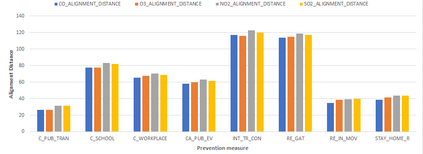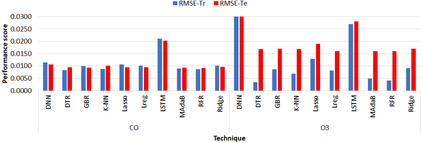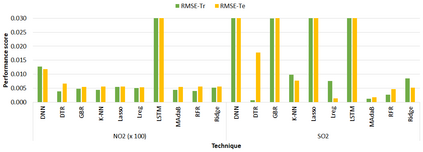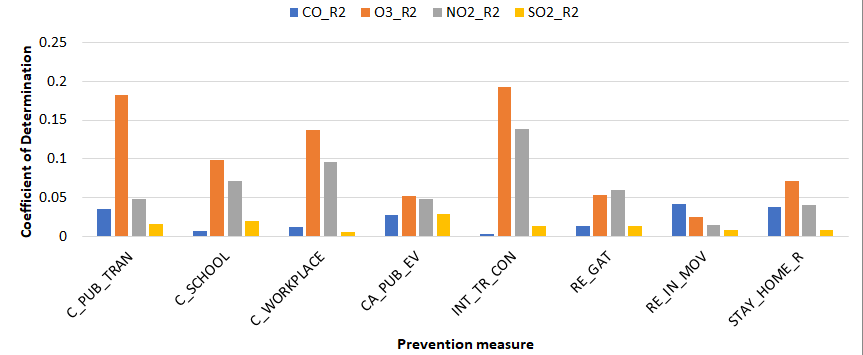In this work we investigate the short-term variations in air quality emissions, attributed to the prevention measures, applied in different cities, to mitigate the COVID-19 spread. In particular, we emphasize on the concentration effects regarding specific pollutant gases, such as carbon monoxide (CO), ozone (O3), nitrogen dioxide (NO2) and sulphur dioxide (SO2). The assessment of the impact of lockdown on air quality focused on four European Cities (Athens, Gladsaxe, Lodz and Rome). Available data on pollutant factors were obtained using global satellite observations. The level of the employed prevention measures is employed using the Oxford COVID-19 Government Response Tracker. The second part of the analysis employed a variety of machine learning tools, utilized for estimating the concentration of each pollutant, two days ahead. The results showed that a weak to moderate correlation exists between the corresponding measures and the pollutant factors and that it is possible to create models which can predict the behaviour of the pollutant gases under daily human activities.
翻译:在这项工作中,我们调查空气质量排放的短期变化,这些变化归因于在不同城市实施的预防措施,以减缓COVID-19的扩散,特别是我们强调对特定污染物气体的浓度影响,如一氧化碳(CO)、臭氧(O3)、二氧化碳(NO2)和二氧化硫(SO2),对封闭空气质量的影响的评估集中在四个欧洲城市(雅典、格拉德萨克斯、洛兹和罗马),关于污染物因素的现有数据是通过全球卫星观测获得的,采用何种程度的预防措施使用牛津COVID-19政府反应追踪器,分析第二部分使用了各种机器学习工具,用于估计每种污染物的浓度,提前两天,结果显示,相应措施与污染物因素之间存在微弱到中度的相互关系,有可能建立模型,用以预测日常人类活动中污染物气体的行为。







